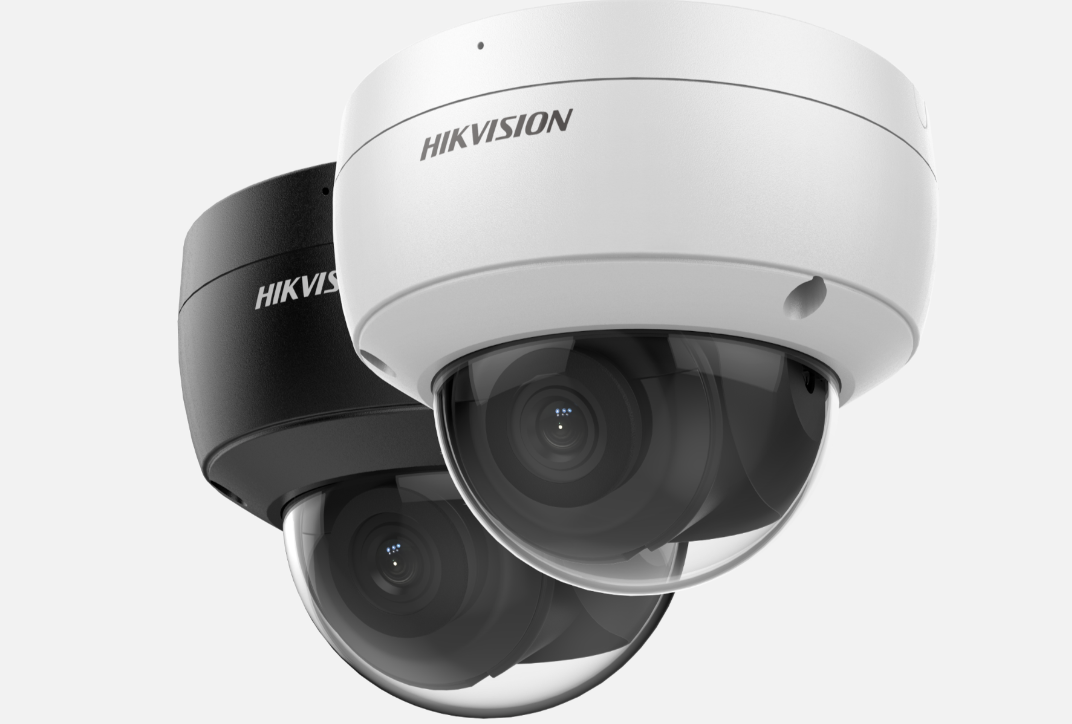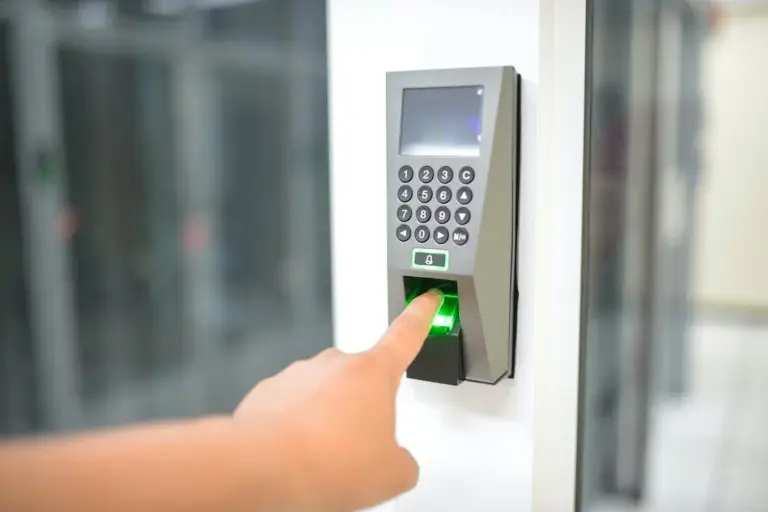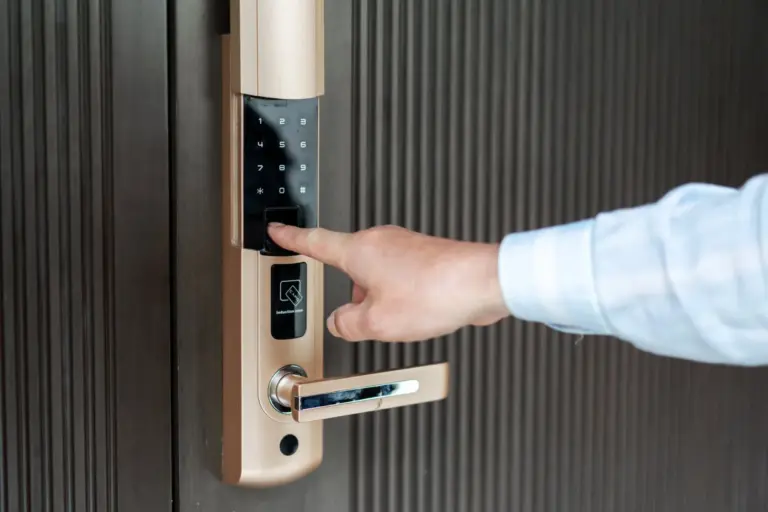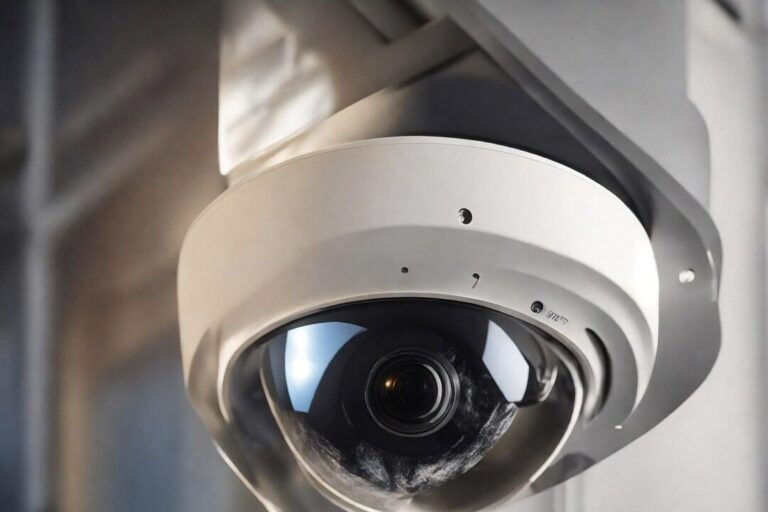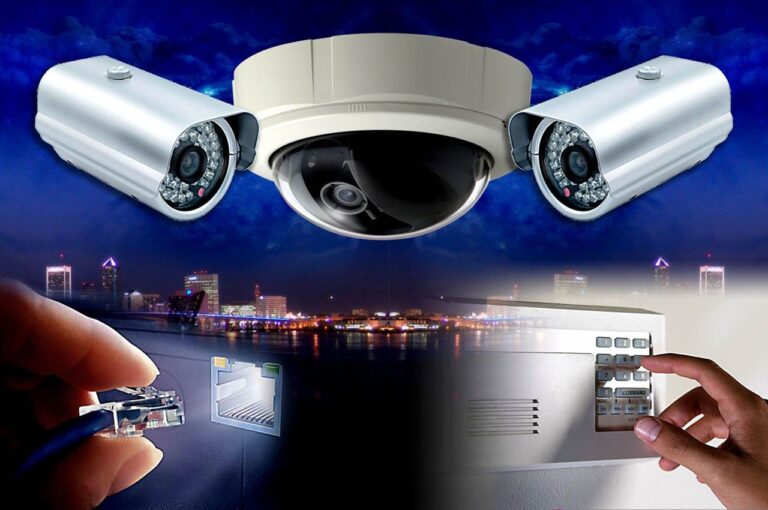Boost Network Protection: Safe Router Setup for Hikvision Devices
In today’s connected world, security cameras are more than just devices that record footage — they are gateways to your home or business network. Hikvision, one of the most trusted names in the surveillance industry, offers advanced IP cameras, NVRs, and smart monitoring systems. However, many users overlook a critical aspect of installation — network security. Without proper router configuration, even the most advanced Hikvision systems can become vulnerable to hacking, unauthorized access, or data breaches.
A secure router setup is the foundation of any reliable CCTV network. Whether you’re managing a single home camera or a large commercial surveillance network, your router plays a vital role in keeping your video data private and your system safe from cyber threats.
1. Understanding the Role of Routers in Hikvision Systems
Routers act as digital gateways that connect your Hikvision devices to the internet. They handle communication between your cameras, NVR, mobile app, and remote servers. A poorly configured router is like leaving your front door unlocked — it invites unwanted guests into your network.
When setting up a Hikvision camera system, the router manages:
- IP addressing for all cameras and recorders.
- Port forwarding to allow remote access through the Hik-Connect app.
- Firewall and encryption that protect against malicious attacks.
- Bandwidth allocation for smooth streaming and recording performance.
Securing your router ensures these functions run efficiently while keeping hackers and intruders out.
2. Change Default Login Credentials Immediately
One of the most common mistakes users make is keeping the default username and password that come with the router or CCTV system. Hackers actively scan networks for devices with factory settings.
To fix this:
- Change the router’s default login credentials (both username and password).
- Create a strong password using at least 12 characters with a mix of uppercase, lowercase, numbers, and symbols.
- Change your Hikvision device passwords too, especially for admin and remote users.
3. Update Firmware Regularly
Outdated firmware can have security loopholes that cybercriminals exploit. Hikvision and router manufacturers frequently release updates to patch vulnerabilities.
- Visit your router manufacturer’s official website regularly for updates.
- Access your router’s admin page (often 192.168.0.1 or 192.168.1.1) and check for firmware updates.
- Do the same for your Hikvision NVR or camera via the Hik-Connect app or iVMS software.
Keeping firmware updated is one of the simplest yet most effective ways to enhance security.
4. Disable Unnecessary Remote Access
Many Hikvision users enable remote access so they can view camera feeds from anywhere. While convenient, this feature can also expose your system if not properly secured.
To stay safe:
- Disable Universal Plug and Play (UPnP) and Port Forwarding if you don’t need them.
- Use Hik-Connect’s P2P (peer-to-peer) cloud service instead of manual port forwarding. It uses encrypted tunnels for remote access.
- Set up a VPN (Virtual Private Network) if you need secure remote access for business surveillance systems.
5. Create a Separate Network for CCTV Devices
Mixing your CCTV system with your home or office Wi-Fi can create risks. For example, a virus on your computer could spread to your security network.
- Use a dedicated VLAN (Virtual LAN) or guest network for your cameras and NVRs.
- This isolates surveillance data from other devices like laptops and smartphones.
- If your router supports it, assign static IPs to all Hikvision devices for stable and predictable network performance.
6. Strengthen Firewall and Encryption Settings
Your router’s firewall is your first line of defense against unauthorized access.
- Enable the SPI (Stateful Packet Inspection) firewall in router settings.
- Disable remote management unless absolutely necessary.
- Make sure your Wi-Fi uses WPA3 encryption (or WPA2 if WPA3 isn’t available).
- Avoid using outdated encryption protocols like WEP, which are easy to hack.
These small settings greatly increase protection for your Hikvision system.
7. Turn Off Network Features You Don’t Use
Many routers come with advanced options like DHCP servers, WPS, or remote configuration tools that are rarely needed for CCTV users.
- Disable WPS (Wi-Fi Protected Setup) to prevent brute-force attacks.
- Turn off DHCP if you’ve already set static IP addresses.
- Block any open ports that aren’t in use.
Keeping your router clean and simple reduces the risk of backdoor entry.
8. Monitor Your Network Regularly
Even after setup, it’s important to monitor your CCTV network for suspicious activity.
- Use tools like Hikvision’s SADP software to view connected devices.
- Check router logs for unknown IP addresses or high data traffic.
- Set up email or push notifications on your Hikvision app for any login attempts or motion alerts.
Early detection can help you respond quickly before an issue turns into a serious breach.
9. Choose a Reliable Router for Hikvision Systems
Not all routers are built for high-security surveillance use. When selecting a router for your CCTV setup, look for:
- Gigabit LAN ports for high-speed data transfer.
- Dual-band Wi-Fi (2.4GHz and 5GHz) for flexible connectivity.
- Built-in VPN and firewall capabilities.
- Brand reputation and firmware support, such as TP-Link, MikroTik, or Asus.
A quality router ensures stability, smooth video playback, and long-term reliability.
10. Partner with Professionals
If you’re unsure about technical settings, it’s always best to consult an expert. At Alpha Digital, our CCTV and networking professionals specialize in Hikvision installation, network configuration, and cybersecurity. We make sure your surveillance system is not only installed correctly but also optimized for long-term safety and reliability.
Conclusion
Securing your Hikvision system starts with the router. A safe router setup can prevent data leaks, unauthorized access, and performance issues — ensuring your surveillance network stays strong and private. By applying the steps above — from changing passwords and updating firmware to enabling firewalls and using VPNs — you’ll protect both your privacy and your peace of mind.

